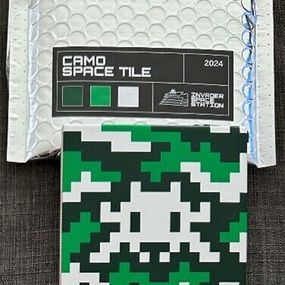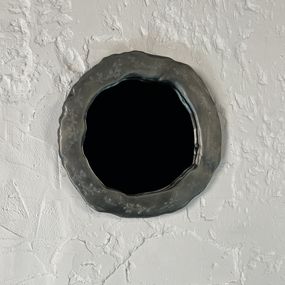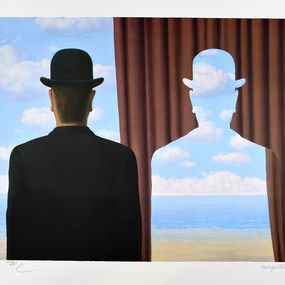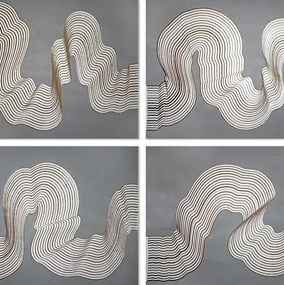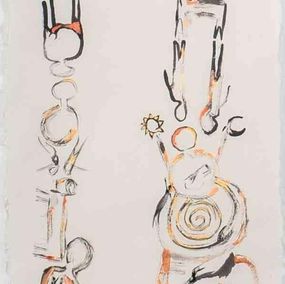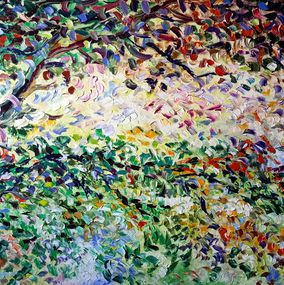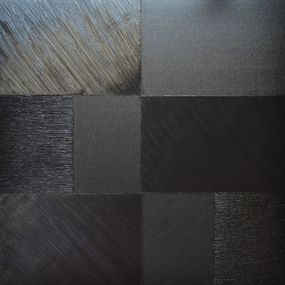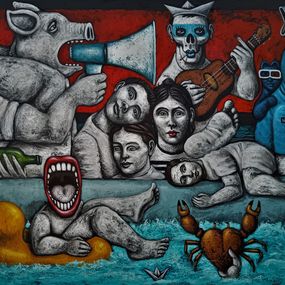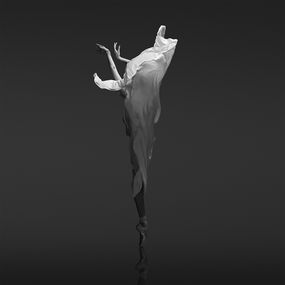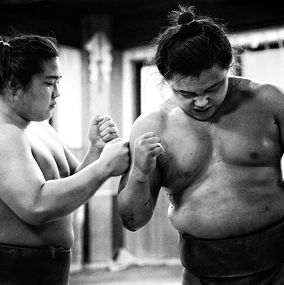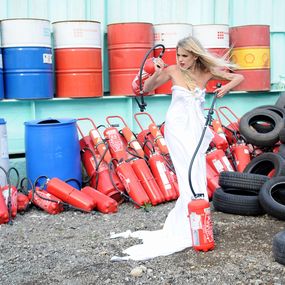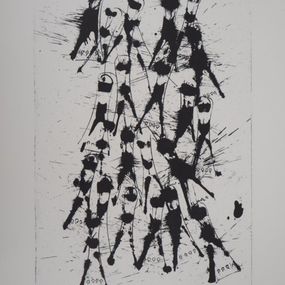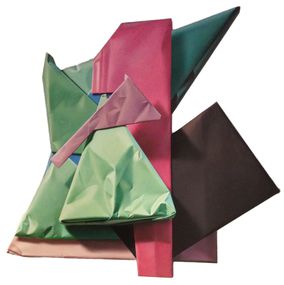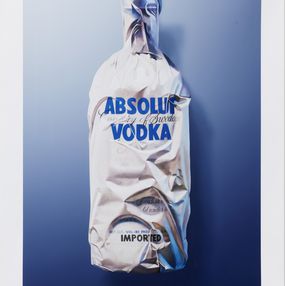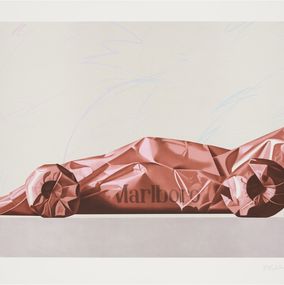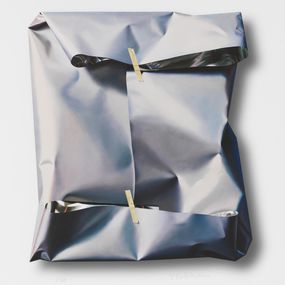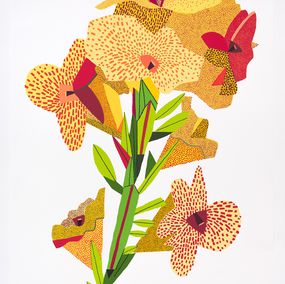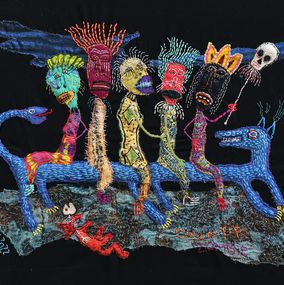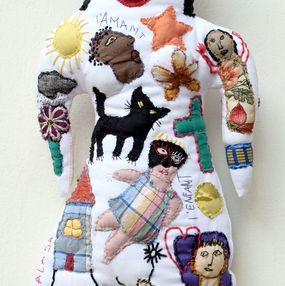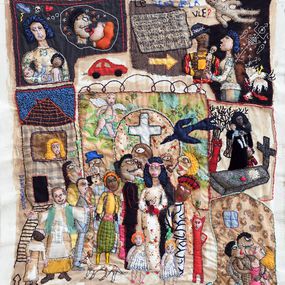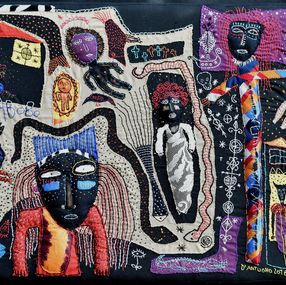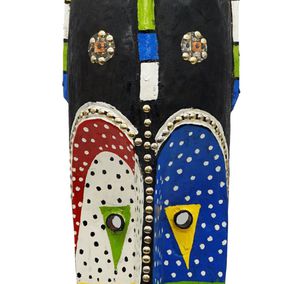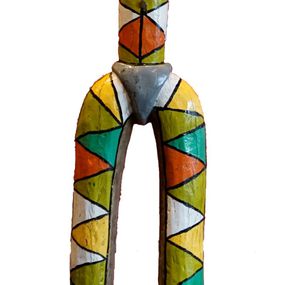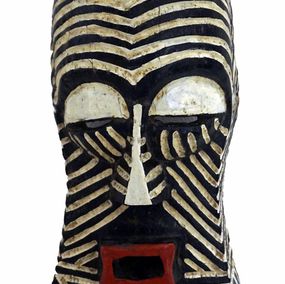
Textile artists
Textile art is one of the oldest art forms in the world. Dating back to prehistoric times, textiles initially served purely functional purposes like blankets and clothing. They were made out of materials that were available at the time such as vegetation and animal skins. During the neolithic period at the end of the Stone Age, craftsmen began to use more advanced techniques such as felting and weaving threads together, and textiles as a result became increasingly complex.
One of the earliest examples of what we now call textile art, in which purely functional textile is combined with aesthetic or fine art, dates to the 11th century. It is a piece of embroidered cloth called The Bayeux Tapestry, and it depicts the Norman Conquest of England. It was likely created by craftswomen, and its purpose was not to be used practically, but to visually tell the story of this historical event.
While tapestries were popular in Medieval Europe, carpets (which are designed to be laid on the floor, not hung on a wall) were being created in different countries around the world. Islamic carpets feature complex symmetrical patterns in their design, and rather than being figurative, they represent the importance of balance and harmony on Earth and in the heavens.
After the industrial revolution of the 18th and 19th centuries, during which textiles began to be produced using machines, the British Arts & Crafts movement advocated a return to traditional modes of production. This placed emphasis on the importance of high quality, handmade textiles, and were inspired by Medieval styles or decoration.
Textile art is still popular around the globe today, and many artists are experimenting with this traditional artistic genre in unique and innovative ways. With Artsper, find the best artists creating textile art today, including Maria Mueller Atelier and Leikun Nahusenay!
Ana Seggiaro

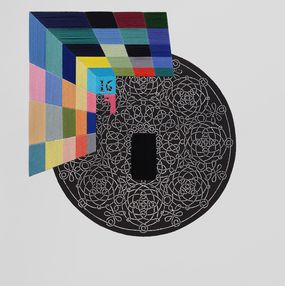
Macanudo. From the Durero series
Ana Seggiaro
Painting - 109.2 x 88.9 x 0.3 cm Painting - 43 x 35 x 0.1 inch
$2,900

San Jerónimo en su estudio
Ana Seggiaro
Painting - 61 x 81.3 x 0.3 cm Painting - 24 x 32 x 0.1 inch
$3,000
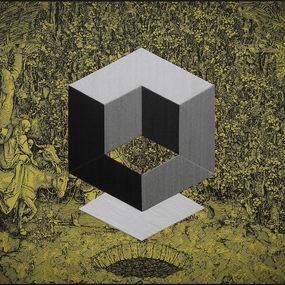
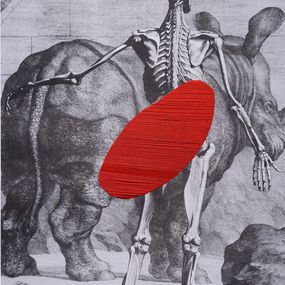
Untitled, From the series Anatomías
Ana Seggiaro
Painting - 129.5 x 88.9 x 0.3 cm Painting - 51 x 35 x 0.1 inch
$2,500
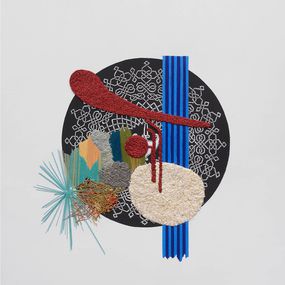

Untitled III. From the Durero series
Ana Seggiaro
Painting - 119.9 x 99.8 x 0.3 cm Painting - 47.2 x 39.3 x 0.1 inch
$2,500

Untitled, From the series Bordados en Hojas de Libros
Ana Seggiaro
Painting - 17.8 x 12.7 x 0.3 cm Painting - 7 x 5 x 0.1 inch
$600
Yrjö Edelmann
Javier Calleja
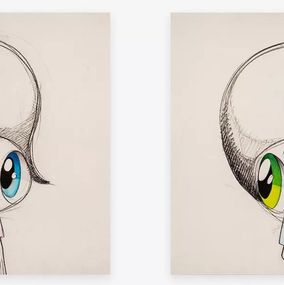
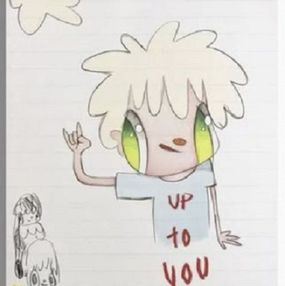


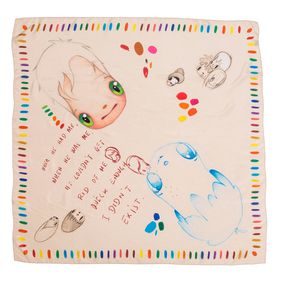

Untitled
Javier Calleja
Fine Art Drawings - 12 x 17 x 2.57 cm Fine Art Drawings - 4.7 x 6.7 x 1 inch
Sold
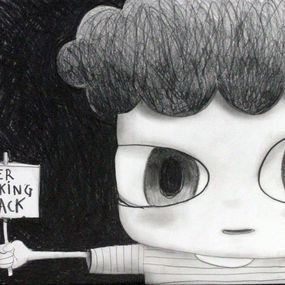
Never looking back
Javier Calleja
Fine Art Drawings - 50 x 71 x 1 cm Fine Art Drawings - 19.7 x 28 x 0.4 inch
Sold

Jonas Wood
Barbara d'Antuono
Miles Aldridge
Jumeaux Ouattara
Marie Labat
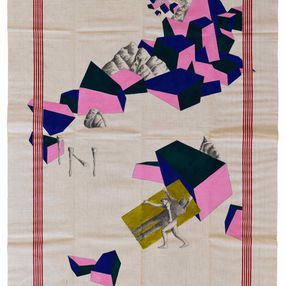
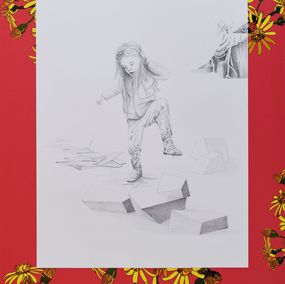
Emmy et seneçon
Marie Labat
Fine Art Drawings - 60 x 40 x 0.1 cm Fine Art Drawings - 23.6 x 15.7 x 0 inch
$531
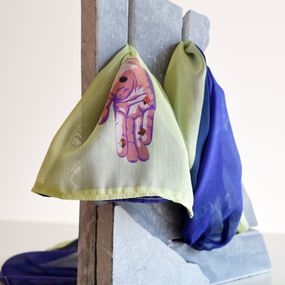
Mains aux graines et coccinelles
Marie Labat
Sculpture - 27 x 27 x 27 cm Sculpture - 10.6 x 10.6 x 10.6 inch
$420
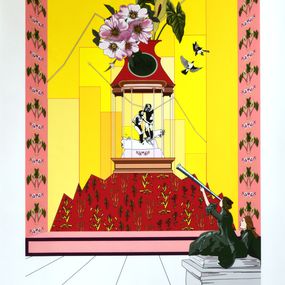
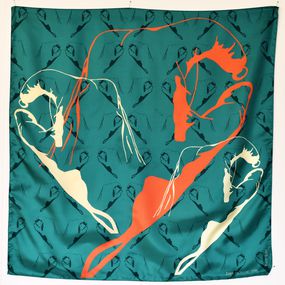
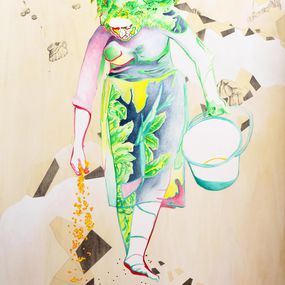
Semeuse
Marie Labat
Fine Art Drawings - 160 x 100 x 2 cm Fine Art Drawings - 63 x 39.4 x 0.8 inch
$1,217
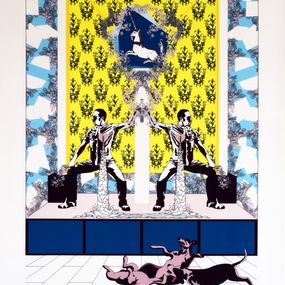
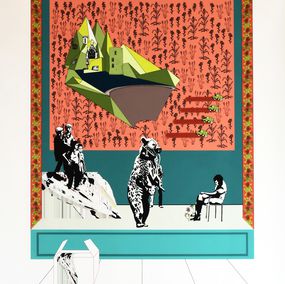
María José Franco Maldonado
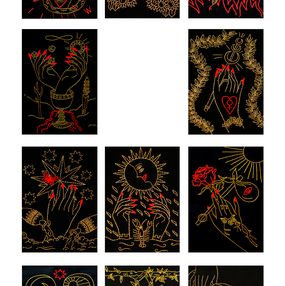
The Ventura Series. A set of embroidery 11 artworks
María José Franco Maldonado
Painting - 108 x 51 x 0.3 cm Painting - 42.5 x 20.1 x 0.1 inch
$4,000

El Diablo
María José Franco Maldonado
Painting - 27 x 17 x 0.3 cm Painting - 10.6 x 6.7 x 0.1 inch
$370

El Ermitaño
María José Franco Maldonado
Painting - 27 x 17 x 0.3 cm Painting - 10.6 x 6.7 x 0.1 inch
$370

El Mago
María José Franco Maldonado
Painting - 27 x 17 x 0.3 cm Painting - 10.6 x 6.7 x 0.1 inch
$370

El Sol
María José Franco Maldonado
Painting - 27 x 17 x 0.3 cm Painting - 10.6 x 6.7 x 0.1 inch
$370

El Sumo Sacerdote
María José Franco Maldonado
Painting - 27 x 17 x 0.3 cm Painting - 10.6 x 6.7 x 0.1 inch
$370

La Emperatriz
María José Franco Maldonado
Painting - 27 x 17 x 0.3 cm Painting - 10.6 x 6.7 x 0.1 inch
$370

La Estrella
María José Franco Maldonado
Painting - 27 x 17 x 0.3 cm Painting - 10.6 x 6.7 x 0.1 inch
$370
Leikun Nahusenay
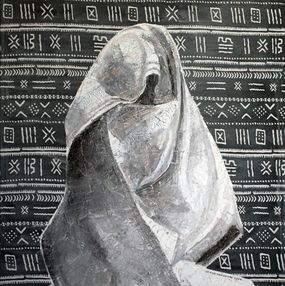
Body vs soul (grey)
Leikun Nahusenay
Painting - 100 x 75 x 3 cm Painting - 39.4 x 29.5 x 1.2 inch
$3,319

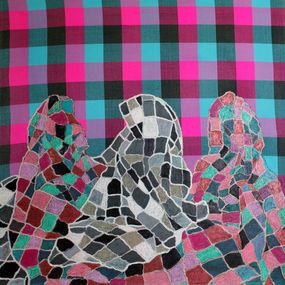
Trinity (shuka)
Leikun Nahusenay
Painting - 100 x 100 x 3 cm Painting - 39.4 x 39.4 x 1.2 inch
$4,426
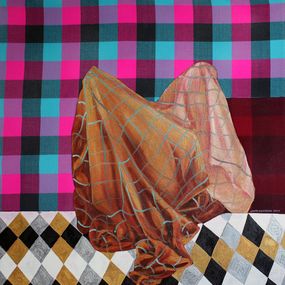
Sleeping beauty (Shuka)
Leikun Nahusenay
Painting - 100 x 100 x 3 cm Painting - 39.4 x 39.4 x 1.2 inch
$4,426

Camouflage (red)
Leikun Nahusenay
Painting - 64 x 90 x 3 cm Painting - 25.2 x 35.4 x 1.2 inch
$2,877

Yekenfer Wedaj IX
Leikun Nahusenay
Painting - 65 x 50 x 0.1 cm Painting - 25.6 x 19.7 x 0 inch
$2,213
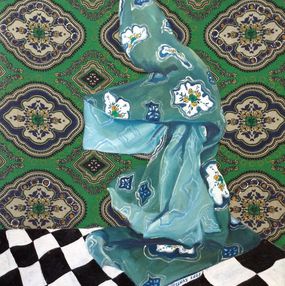
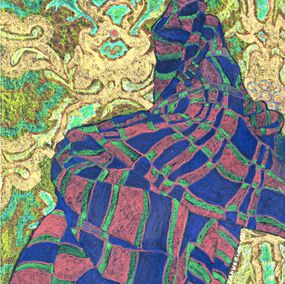
Aurélien Finance

Sentiment de papillon N°14
Aurélien Finance
Sculpture - 50 x 50 x 6 cm Sculpture - 19.7 x 19.7 x 2.4 inch
$2,102

Sentiment de papillon n°13
Aurélien Finance
Sculpture - 62 x 55 x 6 cm Sculpture - 24.4 x 21.7 x 2.4 inch
$2,434

Sentiment de papillon n°21
Aurélien Finance
Sculpture - 77 x 63 x 5 cm Sculpture - 30.3 x 24.8 x 2 inch
$3,319

Sentiment de papillon n°1
Aurélien Finance
Sculpture - 37 x 29.4 x 7 cm Sculpture - 14.6 x 11.6 x 2.8 inch
Sold

Sentiment de papillon N°15
Aurélien Finance
Sculpture - 50 x 50 x 6 cm Sculpture - 19.7 x 19.7 x 2.4 inch
Sold
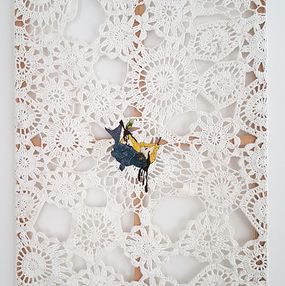
Discover the styles & movements

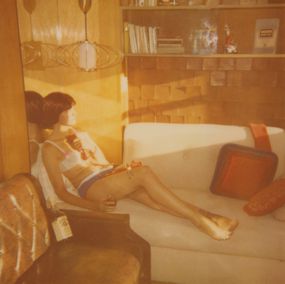

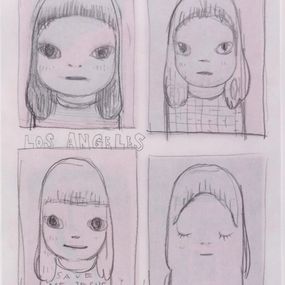
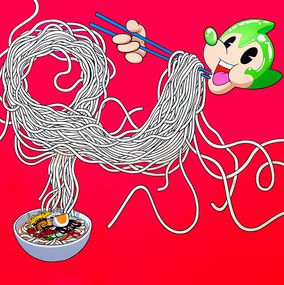
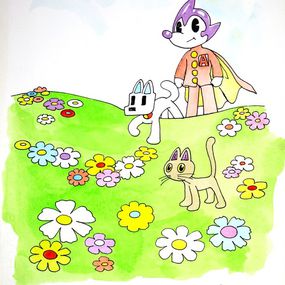



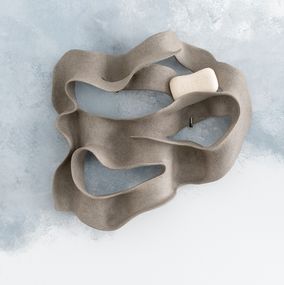

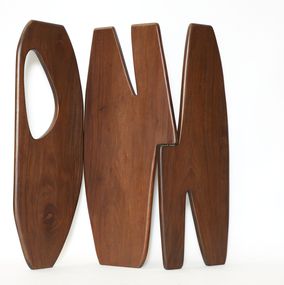










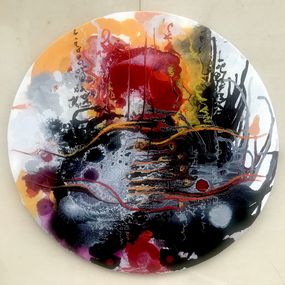




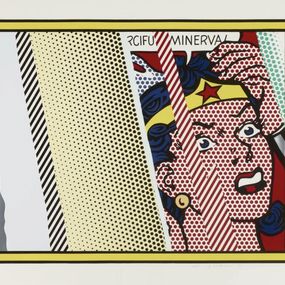

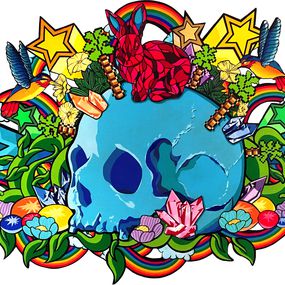
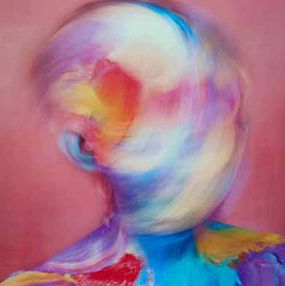
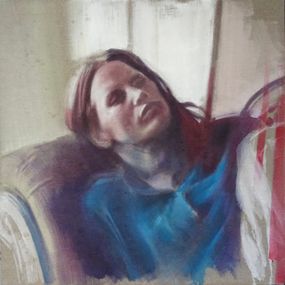

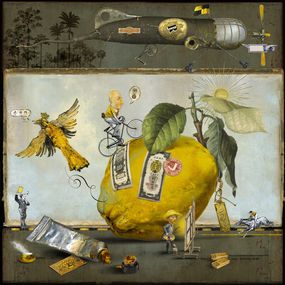
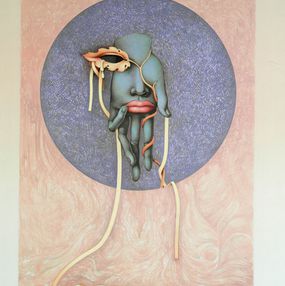
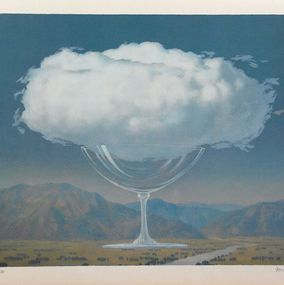
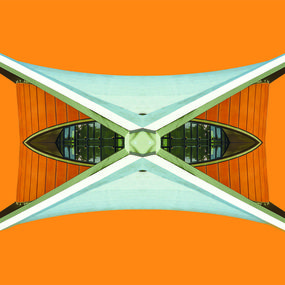


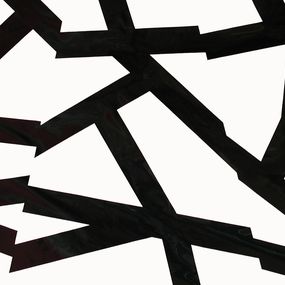
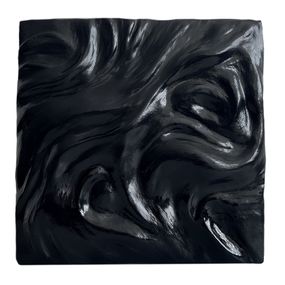

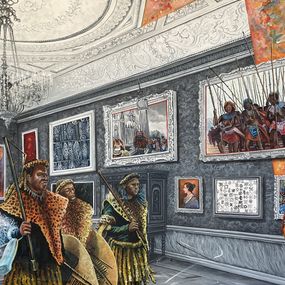
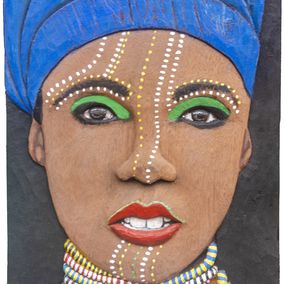
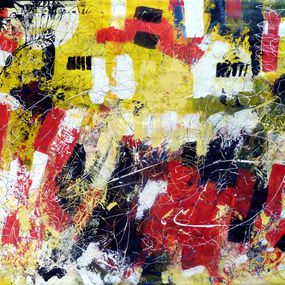
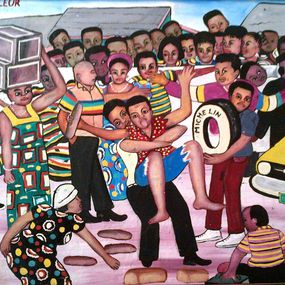

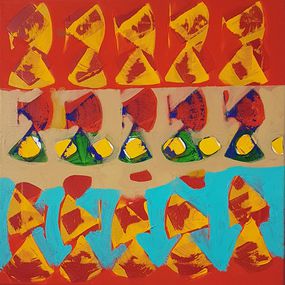
Discover our categories of artists

